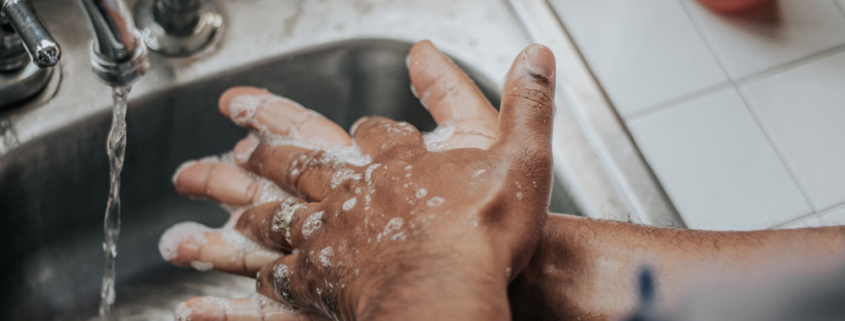Food Safety and Sanitation
When disaster strikes, one thing that often gets overlooked in the chaos is food safety and sanitation. I’m here to share some down-to-earth tips on how to keep your grub safe during tough times.
First things first, let’s talk about why this matters. In emergency situations we all still need to eat. In fact, having a meal will likely calm your nerves and bring you and your loved ones some comfort in the stressful moment. However, your food can be a sneaky little troublemaker. It can easily become a source of foodborne illnesses if you’re not careful.
Getting Prepared Beforehand
Here are some tips for getting prepared:
- Properly label and rotate your food supplies.
- Keep an eye on temperature, especially if you’ve got perishables.
-
- A hot tub of mayo isn’t what you want on your sandwich during a power outage!
-
- Water: Have clean water and sanitation on your emergency checklist (ex: water storage, water purification tablets or water filtration systems). Without clean water to wash your hands and food, even the best food safety practices won’t save the day.
- Plan It Out: Include food safety in your emergency preparedness plan. Think of the hand washing songs – pick your favorite, and make sure to properly wash your hands often.
- In your emergency kit, keep soap, hand-sanitizer, and clean towels or paper towel available to properly dry.
Safe Food Handling 101
When it’s time to get cooking, don’t forget these basics:
- Wash those hands! Seriously, it’s a game-changer. Use hand sanitizers and disposable gloves when needed.
- Cook things thoroughly and follow minimum temperature guidelines.
-
- Under cooked chicken is a big no-no.
-
- Cross-Contamination Caution: Keep raw and cooked foods apart, and clean your kitchen gear properly.
- Dispose of spoiled food properly, (throw away, bury or burn) and don’t take chances.
Emergency Cooking
During an emergency, things can get a bit stressful, so here are a few tips:
- If your power goes out, monitor your fridge and freezer temps. Know when to say goodbye to perishables. Use what you can quickly. When in doubt, throw it out.
- Consider alternative cooking options in your emergency kit, such as a campfire, a camp stove, or a BBQ.
- Don’t waste food. Make meal plans based on what you have and cook smaller meals more often.. Every bite counts.
- If you’re in a temporary shelter, know where your food is coming from and keep your surroundings clean.
After the Storm
When the worst is over, it’s time to clean up and recover. Sanitize your cooking and storage areas, restock your supplies, and reflect on what worked and what didn’t. There is so much to be learned from past experience if we just take the time to debrief.
There’s your friendly reminder that food safety and sanitation should be on your radar during emergencies. It’s not something to take lightly, but with a little know-how, you can protect yourself and your loved ones from unnecessary troubles. Stay safe and stay clean!



